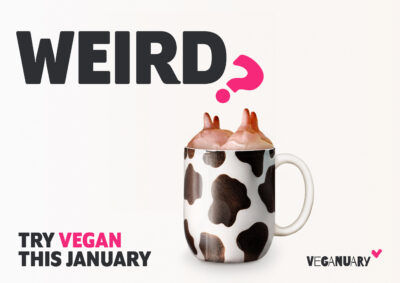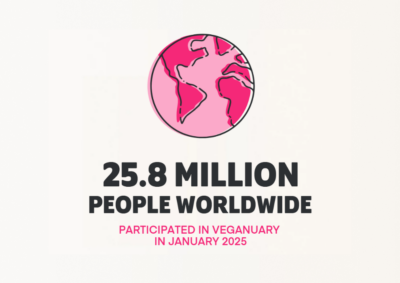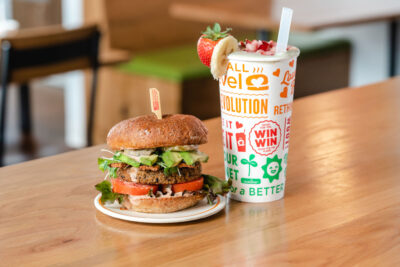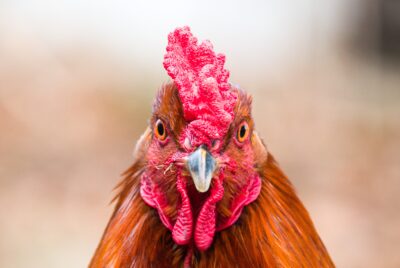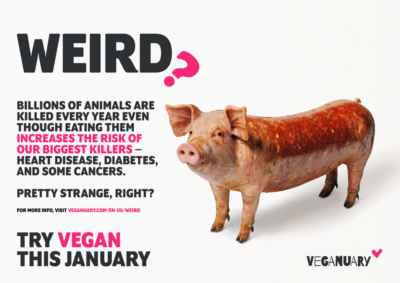Does animal testing work? What are the alternatives? In this blog, we answer common questions about this topic.
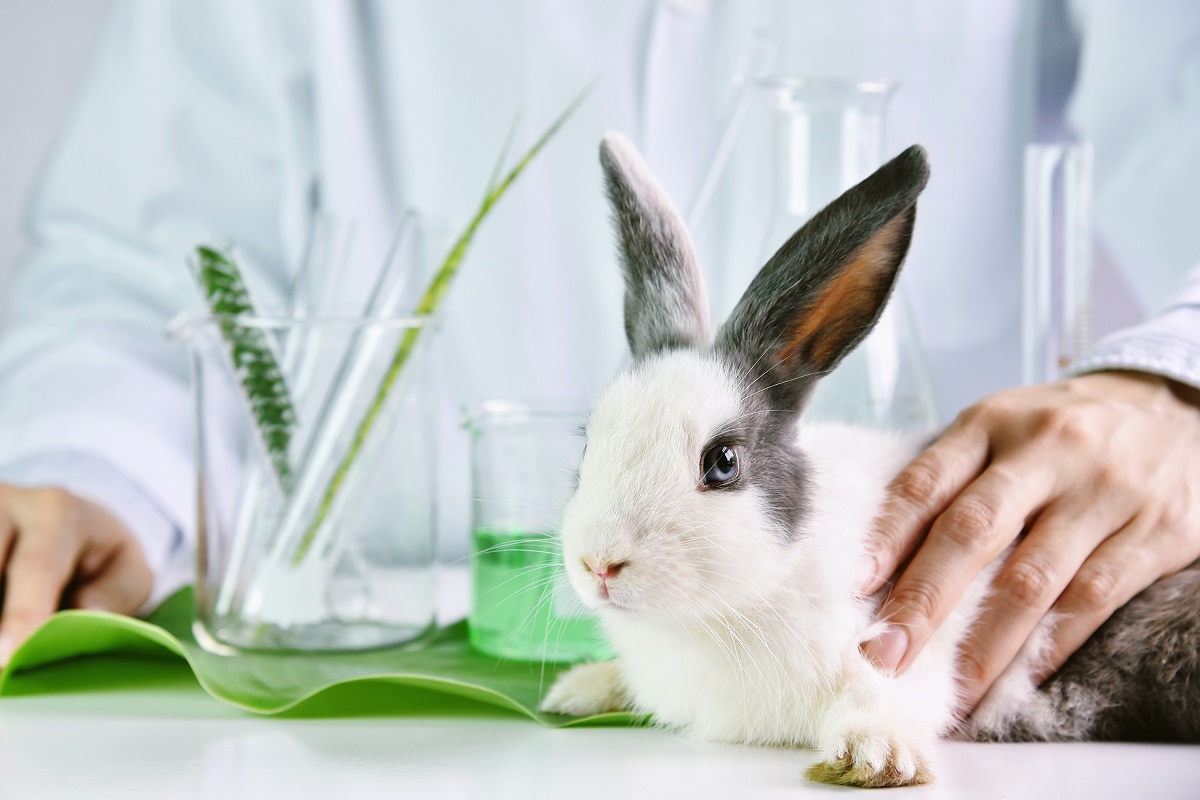
Please note: there are no graphic images in this blog but inevitably some of the details are distressing.
The Animal Welfare Act of 1966 was created to regulate the treatment and care of animals used in research, exhibition, or transportation. The law aims to ensure that animals used in testing are treated humanely and with respect, however, there are caveats to the definition of what constitutes a protected animal.
Only warm-blooded animals (like dogs, cats, and rabbits) that are owned as pets or used for research, exhibition, and/or transportation are considered worthy of protection under the AWA. Farm animals, birds, and rodents are not. There have been many amendments to the law in the years since, with the most recent being in 2023 which included birds not used in research under the protection of the AWA but continues to exclude chickens and poultry.
Despite the 10 amendments enacted since 1966, millions of animals remain unprotected, abused, exploited, and harmed in the name of animal testing. In fact, many animal rights advocacy groups have openly criticized and condemned the AWA and the USDA for failing to properly enforce these current regulations and for not passing stronger, more comprehensive legislation around the protection and safety of all types of animals. World Animal Protection, formerly known as WSPA, provides an Animal Protection Index that ranks 50 countries around the world according to their animal welfare policy and legislation. The United States received a “D” grade on its overall treatment of animals and its effectiveness in the protection and safety of animals.
What is Animal Testing?
Cruelty-Free International defines an animal test as “any scientific experiment or test in which a live animal is forced to undergo something that is likely to cause them pain, suffering, distress or lasting harm”.
Experiments include:
- Injecting or force-feeding an animal with a substance that could harm them
- Surgically removing organs or tissues to deliberately cause damage
- Forcing animals to inhale toxic gases
- Deliberately frightening or stressing animals to create anxiety and depression
At the end of the experiments, almost every animal is killed.
How Many Animals Are Used in Research?
In the US and Canada alone, over 70 million animals are used for animal testing every year. Some animals endure more than one “procedure” but there are many, many more animals who are bred but not used. These individuals are simply killed without their lives ever being counted.
In some countries, not every animal is even classed as an animal. In the United States, rats, mice, fish, amphibians, and birds do not qualify for the basic legal protections given to other animals in laboratories. This means there doesn’t need to be any justification to experiment on them and their lives and deaths are not counted in any statistic.
So, no one really knows the global figure because not every country collects data and for those that do, the data is not accurate. The Lush Prize, which incentivizes innovative and effective animal-free research, suggests that the global figure is likely to be more than 115 million animals every year.
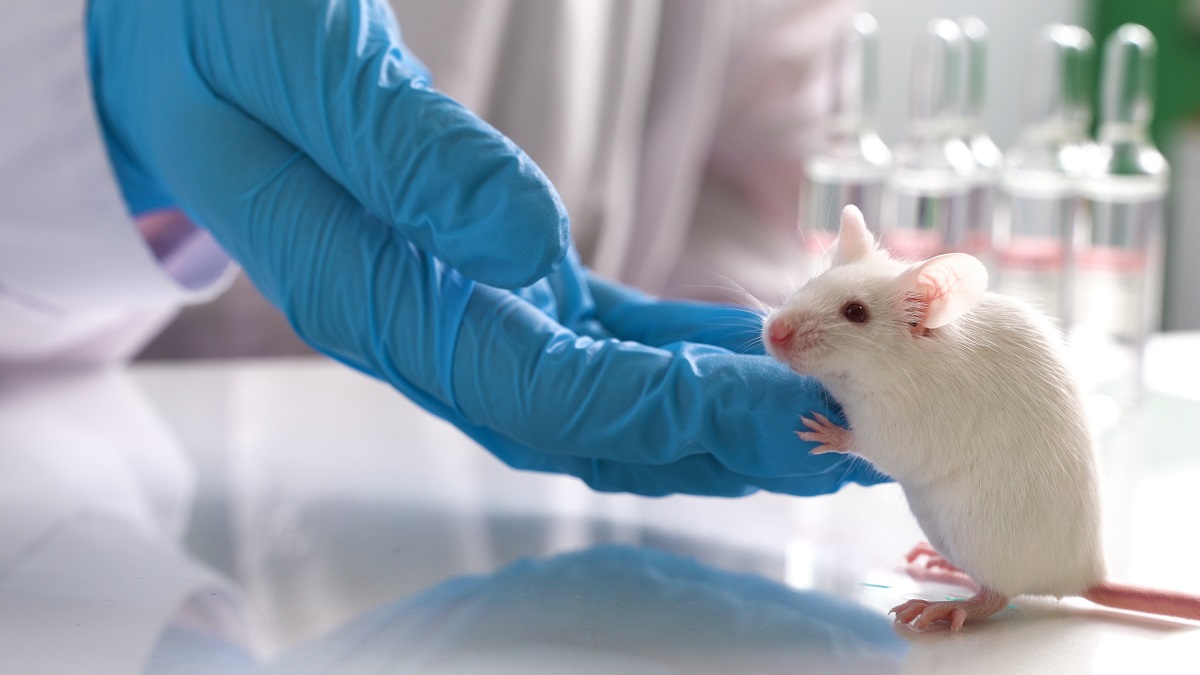
Which Species of Animals are Used in Laboratories?
The list is long and includes dogs, cats, monkeys, birds, ferrets, rats, mice, guinea pigs, hamsters, horses, pigs, sheep, goats, cows, birds and fish.
Many animals including dogs and cats are bred inside laboratory facilities and will never experience life as they should. Horses, cows, sheep, and pigs are often supplied by dealers and may originate from racing stables or farms. And, almost unbelievably, monkeys are still taken from the wild and forced to breed inside farms in countries including Mauritius and Vietnam. Their offspring are then sold off and shipped to laboratories around the world. Wild-caught monkeys themselves are still used in experiments outside of Europe.
Watch this fascinating discussion between Ricky Gervais and Dr Ray Greek about animal testing, why it continues, and whether it works.
What Sorts of Experiments Are Done?
Experiments tend to fall into three categories:
- Basic Research
This is the most common use of animals around the world, and there is often no specific endpoint in mind. It’s curiosity-driven, speculative, a what-happens-if? approach to research. It does not test medicines but could include testing recreational drugs, psychology experiments, or creating animals who suffer the same symptoms as human Parkinson’s sufferers. While many of these experiments hit the headlines as “medical breakthroughs”, research has shown that very few actually lead to effective treatments in people. - Genetically Modifying Animals
Mice and other animals are increasingly being bred with certain genes inserted or deleted into the cells of their bodies. This involves suffering at every stage of the process. Many animals die within the first few days because of severe physical defects, and vast numbers are bred in order to try and produce just one animal with the desired characteristic. The others are just discarded. Despite this, the diseases or conditions they are being bred to imitate often don’t affect that species, and so the artificially induced condition studied in animals is not the same as the spontaneously arising condition experienced by humans. - Regulatory Testing
This is standardized, legally required testing designed to see if medicines, chemicals (including paints, dyes, inks, petrol products, solvents, tars, and waste materials), pesticides, biocides, food additives, cosmetics, and other products are 1) safe for use, and 2) effective. Animals are forced to eat or inhale substances or have them rubbed onto their skin or injected into their bodies. The animals are then subjected to monitoring and testing before almost always being killed. Researchers will then look at the effects on their tissues and organs. Cosmetic companies in the US that continue to test on animals cannot sell their products to countries that have banned animal testing unless they change their practices. As of 2024, 11 US States have passed laws to end the sale of animal-tested cosmetics.
Does Animal experimentation Work?
It depends on what you mean by “work”. As we have seen, most basic research does not lead to any medical advancement, and the outcomes of testing products including medicines on animals very much depends on the species. After all, if a product is safe and/or effective in guinea pigs but not in rabbits, what does that mean for people?
Animal experimentation began in ancient Greece but really became commonplace in the seventeenth century at the dawn of the European Enlightenment. It can be a pretty crude way to try and find an answer, that ultimately has to be tested in another species: humans. With modern technology, however, we are increasingly finding better, quicker, cheaper, and more reliable ways to get more effective solutions.
Are there any animal testing alternatives?
Campaigners state that ending the use of animals in laboratories is not a choice between protecting animals and people, and it does not mean ending medical progress. Far from it. The development of non-animal testing methods is growing fast and includes using human cell cultures, “organs-on-chips”, donated tissues, computer modeling, volunteer studies, and epidemiological studies. You can find out more about these advances here and here.
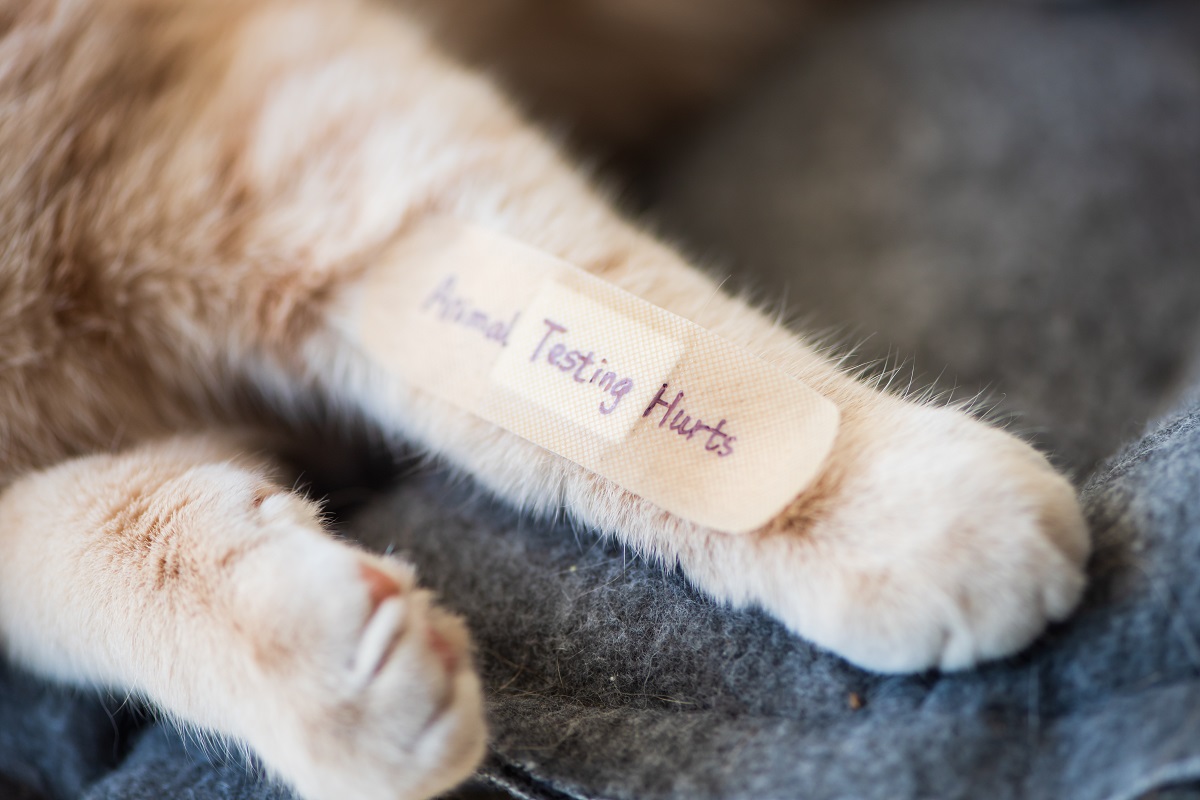
Does the Law Protect Animals in Laboratories?
In some countries, there is no legal protection at all, while others offer some legal protections to some animals, but all over the world severe suffering is legally permitted on sentient animals. And there is nowhere on Earth where a dog in a laboratory is afforded the same protection as a dog in a home. In the UK, the Animal Welfare Act (AWA) specifically excludes animals in laboratories as if they are somehow different from the very same species living elsewhere.
Laboratory Exposés
Even when there are laws in place, some brave investigators and whistle-blowers have managed to obtain information about shocking abuses and neglect within laboratories, including:
• At a contract testing facility in Spain, a whistle-blower revealed animals being smacked and shaken, dying animals being taunted and mocked, poor handling leading to spinal injuries and legal breaches (April 2021). See more here.
• At a German laboratory, undercover footage revealed dogs lying in blood and excrement, distressed primates spinning in circles in tiny cages, dead beagles hung up on meat hooks, and macaque monkeys violently handled, restrained, and force-fed (Oct 2019.) See more here.
• In a laboratory in the USA, an investigator reported poor living conditions, sick and dying animals going untreated, cats handled in such a way as to cause them stress, and cats deprived of water (June 2017). See more here.
• In Canada, an investigation found animals were thrown, slammed, suspended by their ears or limbs, and struck in the face. Wounds went untreated and a faulty system left monkeys without water to drink (2016).
Who Pays for This?
In the US, we all do. A large proportion of animal experimentation happens inside universities, often paid for by taxpayers. And health charities also often fund or conduct animal experimentation, which is paid for by our donations. Other research happens in corporate laboratories and the costs are factored into the business model of bringing new products to market, ultimately paid for via the NIH in our taxes. The National Institute of Health is one of the largest benefactors of tax-payer funds. This money is then used to conduct animal testing. In fact, almost 50% of NIH-funded research involved experimentation on animals as per their 2021 Budget.
How Can We Help?
- Sign petitions to get better laws for animals in US laboratories.
- Join Cruelty-Free International and Human Society International to support their campaigns and pledges.
- Buy products that are not tested on animals wherever possible.
- Find out which charities do and do not fund animal tests and donate to those who do not harm animals.
- Write to your political representative about binding targets for ending the use of animals in laboratories.



